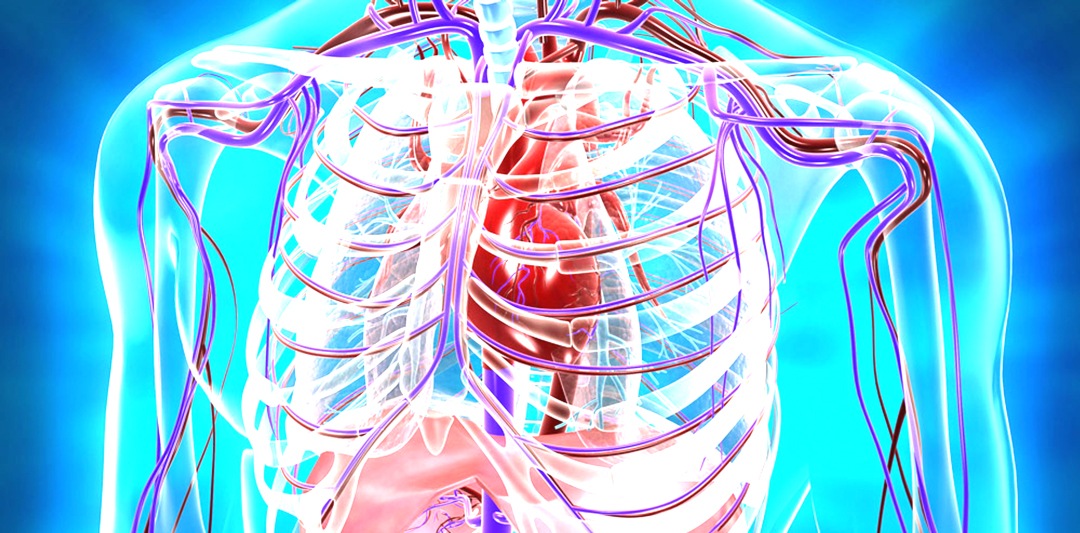
2015 ACLS Guidelines: What happened to VSE?
 In 2008 and 2013, two prospective RCTs from Greece reported benefits from the combination of vasopressin, steroids, and epinephrine (VSE) for in-hospital cardiac arrest. However, other studies investigating the addition of vasopressin alone to epinephrine have been negative. Consequently, vasopressin has been removed from the AHA/ACC algorithms, with a specific recommendation against the use of vasopressin in combination with epinephrine. Meanwhile, these same guidelines contain a Class IIb recommendation to consider VSE for in-patient cardiac arrest. How should we approach this? (1)
In 2008 and 2013, two prospective RCTs from Greece reported benefits from the combination of vasopressin, steroids, and epinephrine (VSE) for in-hospital cardiac arrest. However, other studies investigating the addition of vasopressin alone to epinephrine have been negative. Consequently, vasopressin has been removed from the AHA/ACC algorithms, with a specific recommendation against the use of vasopressin in combination with epinephrine. Meanwhile, these same guidelines contain a Class IIb recommendation to consider VSE for in-patient cardiac arrest. How should we approach this? (1)
VSE: Evidence about vasopressin, steroid, and epinephrine
Mentzelopoulos 2009
This was a single-center prospective double-blind trial which randomized 100 patients with in-hospital arrest to epinephrine vs. epinephrine plus a combination of three interventions: vasopressin 20 IU for up to five cycles of CPR, methylprednisolone 40 mg IV during CPR, and tapered stress-dose hydrocortisone (300 mg/d) for patients with post-arrest shock. Patients treated with VSE had improved return of spontaneous circulation (ROSC; 81% vs. 52%; p=0.003) and survival to hospital discharge (19% vs. 4%; p=0.02). Results were perhaps most dramatic among patients who developed post-resuscitation shock, in whom survival to discharge was 30% with VSE (8/27 patients) versus none in the control group (0/15; p=0.02). Patients receiving VSE had decreased levels of pro-inflammatory cytokines, improved hemodynamics, and less organ failure: CONTINUE ON PULMCRIT




